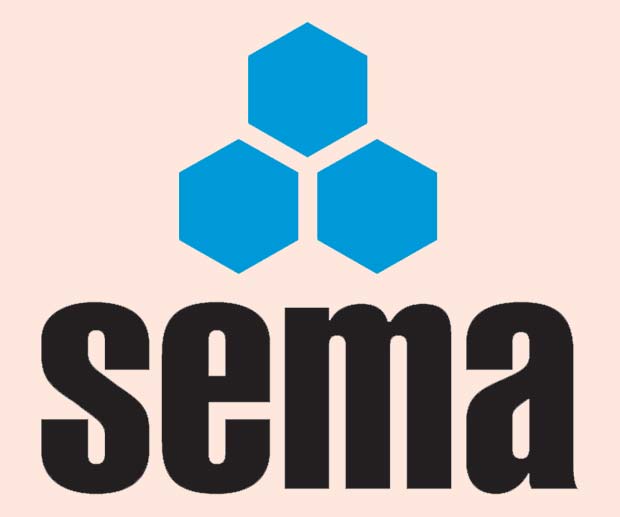Our first question this month asks about certification of racking and our second asks for clarification on single pallet bays.

Provenance of Racking
Q. We are about to take back from a client a warehouse that has racking that was installed by them. They are proposing to pass on to us (without charge) the racking. The racking is about three years old, is in good order and was ‘plated’ when the racking was installed. Should we be looking for any certification with this racking, i.e. is it required to be regularly certified, and/or should we insist or ask for some sort of certification before accepting?
A. Racking is an item that needs regular inspections and maintenance. Therefore it is worth requesting if there is a file of the maintenance and inspections that have been carried out for this particular racking.
The inspection of the racking should have been carried out at a series of levels, i.e.
- Reporting damage when it occurs by the fork truck users
- Regular written inspections by the warehouse supervisor responsible for the safety of the racking, sometimes known as the PRRS (Person Responsible for Rack Safety)
- Yearly or half yearly formal inspections by a technically competent person, usually either from the rack manufacturers or an independent expert. (SEMA can provide manufacturers details or a list of independent experts).
If there has not been a recent yearly or half yearly formal inspection it would be advisable for this inspection to be carried out as soon as possible. This survey should highlight any damage to the racking and if there are any major problems with its use.
Single Pallet Bay
Q. Are you aware of a new health & Safety/ SEMA recommendation coming in this year stating that single Pallet rack bays (multi beam) are being outlawed/not permitted? One of our customers who has a single existing bay and wants to add another single bay opposite the existing is this allowed?
A. SEMA is unaware of any impending changes in Health and Safety legislation that would outlaw single bay multi beam racks. We would consider any such legislation unlikely as specific items are rarely banned as the designer carries the responsibility to place sufficient strength and bracing stability into the structure that it will carry the load required.
A number of manufacturers offer substantially reduced loadings for single bay structures compared with multi bay structures and indeed goal post single beam racking will carry even less load. Even with goal post racking it is down to the individual supplier to declare what carrying capacity will be allowed and in some circumstances this could be sufficiently small that the supplier might decline to offer this configuration in the market place at all.
If a new standard is published that requires a higher factor of safety then there is usually publicity giving the reasons for the change and a changeover period lasting for some considerable time where designs to both old and new standards can continue to be sold in parallel. Again there is no requirement for existing installations to be updated as these have normally been in satisfactory use for many years. Any manufacturer or supplier obviously has the right to revise his designs in the light of experience or impending new design standards and might decide to market this as a positive aspect of restrictions being placed on their products SEMA would suggest that you need to ask the supplier exactly what these new health and safety rules are, who issued them and if they relate to this particular product range only.
The 2019 SEMA Annual Safety Conference will be on Thursday 31st October; at the National Motorcycle Museum, Solihull. SEMA runs a one-day safety course on Rack Safety Awareness and Inspection. These courses are aimed at end users, giving an indepth look at the need for inspections, how to conduct an assessment and what actions to take when this is completed.
SEMA Approved Rack Inspectors Qualification is aimed at professionals who conduct rack surveys as an integral and significant part of their duties. It involves delegates in undertaking an in-depth SEMA Course, together with an examination and practical assessment. CPD will be an important part of the qualification, demonstrating to end users that SEMA Approved Inspectors maintain a high professional standard.
SEMA has 26 publications in stock – Codes of Practice, ‘Guides’ and European documents. SEMA USERS Club is designed to be of benefit to purchasers and users of storage equipment.
Members receive newsletters, access to specialised events and discounted rates on publications and codes of practice.
SEMA




Comments are closed.